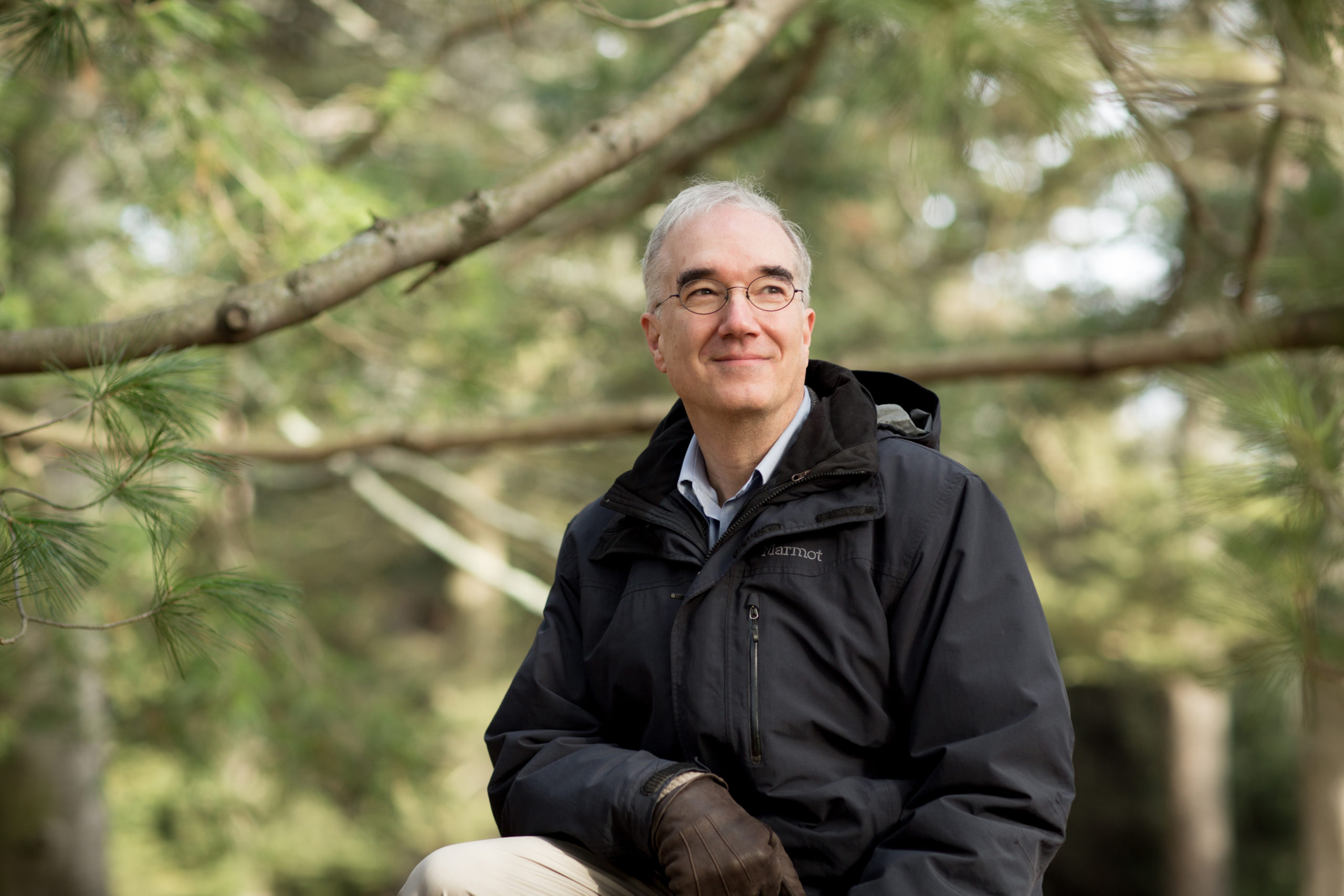
On Saturday, I joined the Arnold Arboretum collecting expedition in the northwest corner of Georgia. Here, the low mountains are covered with some of the richest diversity of woody plants anywhere in North America. In addition to Andrew Gapinski (Head of Horticulture), Sean Halloran (Plant Propagator), and Jared Rubinstein (Living Collections Fellow), we were joined by three amazing botanists from China who have hosted the Arboretum on expeditions in China for many years: Kang Wang (Beijing Botanical Garden), Xinfen Gao (Chengdu Institute of Botany), and Tao Deng (Kunming Institute of Botany). Thomas Murphy, a graduate student at Austin Peay State University and expert in the local flora joined in too to help our team zero in on the plants on our desiderata list.
The views of waterfalls and endless ridges fading into the humid distance were amazing; the botanical riches extraordinary. Sweet gum, mountain camelia, Carolina silverbell, blackjack oak (we saw some stunners), sassafras, river birch, mountain laurel, and on and on. The one thing I wanted badly was a winged elm, Ulmus alata, a favorite from my days long ago as a young professor at the University of Georgia (1987-1995). The Arboretum has a single specimen of winged elm, and it is, regrettably, wingless. The seeds of the winged elms we found in Georgia had dispersed some time ago. But elms can be propagated from root cuttings, so we dug some root segments out for transport to the Dana Greenhouses at the Arboretum (I delivered them this morning).
Winged bark is a curious feature of a smallish number of woody plants. In essence, a slim longitudinally continuous line of dividing cells makes ridiculous amounts of cork. The result in the case of winged elm is two long thin plates of bark that can extend out almost an inch on each side of young stems (left and upper right images). Other species with winged bark include winged wahoo (Euonymus alatus) and sweetgum (Liquidambar styraciflua). I have also spotted winged bark on a couple of species of maples at the Arboretum (Acer miyabe and A. campestre). Why has winged bark evolved several times? No idea.

